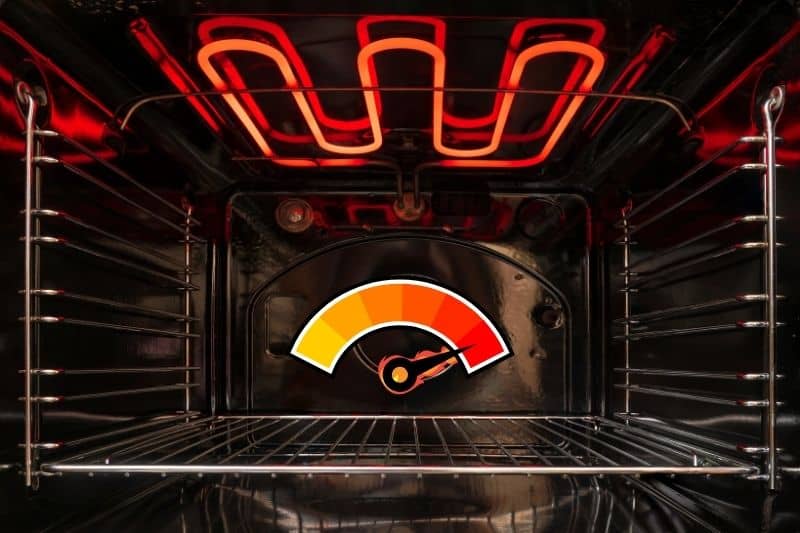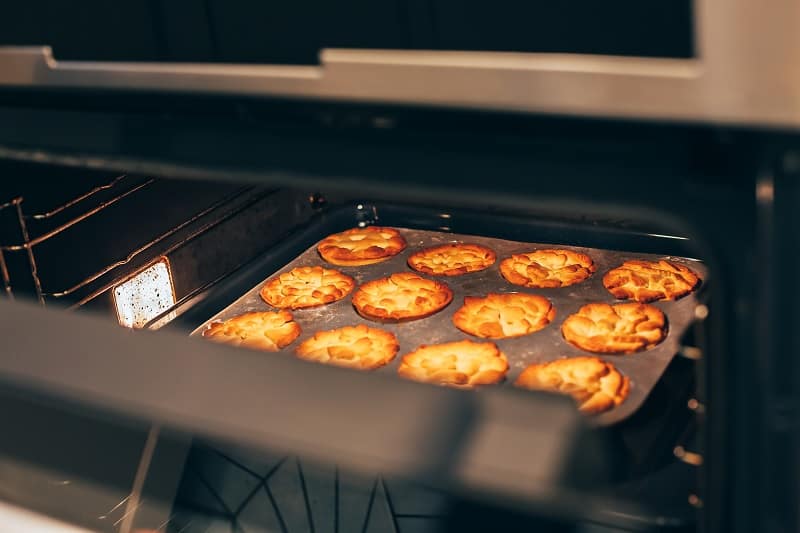I’m sure you’ve read some horror stories about catalytic liners in ovens.
Are catalytic liners in ovens safe? Do they really speed up cleaning? Can cleaning cycles in ovens actually kill pets? And does the cleaning cycle of an oven use a lot of energy and reduce the lifetime of the oven?
If all of these things are true, isn’t it best to avoid a self-cleaning oven?
But what if these horror stories about ovens with catalytic liners are just horror stories? Well, we’re going to explore catalytic liners in ovens today.
I will try my best to tackle catalytic liners in the most factual way possible. First, let’s talk briefly about what a self-cleaning oven is.
What Is a Self-Cleaning Oven?

Self-cleaning ovens can seem a bit like magic to some people. These ovens can seem a bit technology-mad too.
However, the idea behind most self-cleaning ovens is actually straightforward. Cleaning an oven is a big challenge.
In fact, my wonderful partner and I actually hired a lovely local oven cleaner to clean our oven when we moved home last year.
Tackling the burnt-on food in an oven is a real challenge. It can take hours of elbow grease and the use of very noxious chemicals to get anywhere with the stains, spills and food in an oven.
Well, self-cleaning ovens claim to be able to help you with that.
Catalytic and pyrolytic are the two types of self-cleaning ovens. Both have a very similar basic principle in how they work.
They retain/absorb all the food messes created until the self-cleaning cycle begins. When this process starts, the oven reaches very high temperatures. This softens the food and turns it into ash. You are then left with an ash pile in the bottom of your oven that you can quickly remove.
Sounds great, right? Well, if these self-cleaning ovens were as simple as that, we wouldn’t be talking about them here. Let’s find out what catalytic liners are next, shall we?
What Are Catalytic Liners in an Oven?
The catalytic liners in an oven are made from enamel. They are designed to absorb grease and have non-stick properties on the surface. So catalytic liners in ovens can remain clean during a lot of use.
The grease is absorbed, and the non-stick coating doesn’t provide anywhere for the food to stick. However, because catalytic liners actually absorb the grease, it is recommended that you run a self-clean cycle at least once a month.
The cleaning cycle of catalytic liners is pretty simple. At lower cooking temps, catalytic liners will only trap debris and grease. However, when the temp of your oven goes above 200 degrees Celsius, the captured grease is burned off. This process will take place whenever your oven goes over 200 degrees Celsius, even if you are cooking.
Even if you are cooking at higher temperatures every so often, it is still recommended that you run your oven between 200-250°C for an hour, once a month or so. Once this oxidisation process is finished, you can just wipe away the ash and softened food. So, catalytic liners seem great, right? However, are they safe?

Are Catalytic Liners Toxic?
It’s natural to think that something must not be right about catalytic liners, especially when we’ve all heard the horror stories about self-cleaning ovens.
However, catalytic liners are not toxic. This type of self-cleaning oven is perfectly safe to use around your family and your pets.
Despite rumours, catalytic liners do not create dangerous fumes and toxins at 250°C or even higher temperatures.
In fact, catalytic liners are considered safer than the enamel liners in ovens that we have all been using for years.
These, of course, are totally safe when cooking, but the chemicals needed to clean them are extremely powerful!
Is It Safe to Breathe in Fumes from a Self-Cleaning Oven?
I certainly wouldn’t stick my head into the oven and take a deep breath while it is performing a self-cleaning process, but catalytic lined ovens are very safe.
You see, many of the rumours that surround self-cleaning ovens are somewhat valid for other types of self-cleaning ovens. Some ovens shoot up to extremely high temperatures during the cleaning cycle.
However, catalytic lined ovens run a self-cleaning cycle at normal cooking temperatures. So, the only fumes and harmful stuff they give off is from the grease and burnt-on food.
So, your house may smell like you have just ruined dinner, but that is about it when it comes to self-cleaning ovens with catalytic liners.
Catalytic liners in your oven do make your life a lot easier. They certainly make cleaning your oven easier and don’t take up as much energy and as much of your time as other self-cleaning ovens.
They also don’t let off any harmful fumes, and they are not toxic at the temperatures that you will use the oven at.
I hope this helps clear up catalytic liners for you. For more information on ovens, please explore our website further.
We have a guide to the best self-cleaning ovens if you don’t know where to start with choosing one. Happy cooking!

Scott is a writer and a passionate home chef. His passion for cooking began when he was 10 years old. Scott has been writing professionally for over five years now and loves to combine his passion for cooking with his day job.







